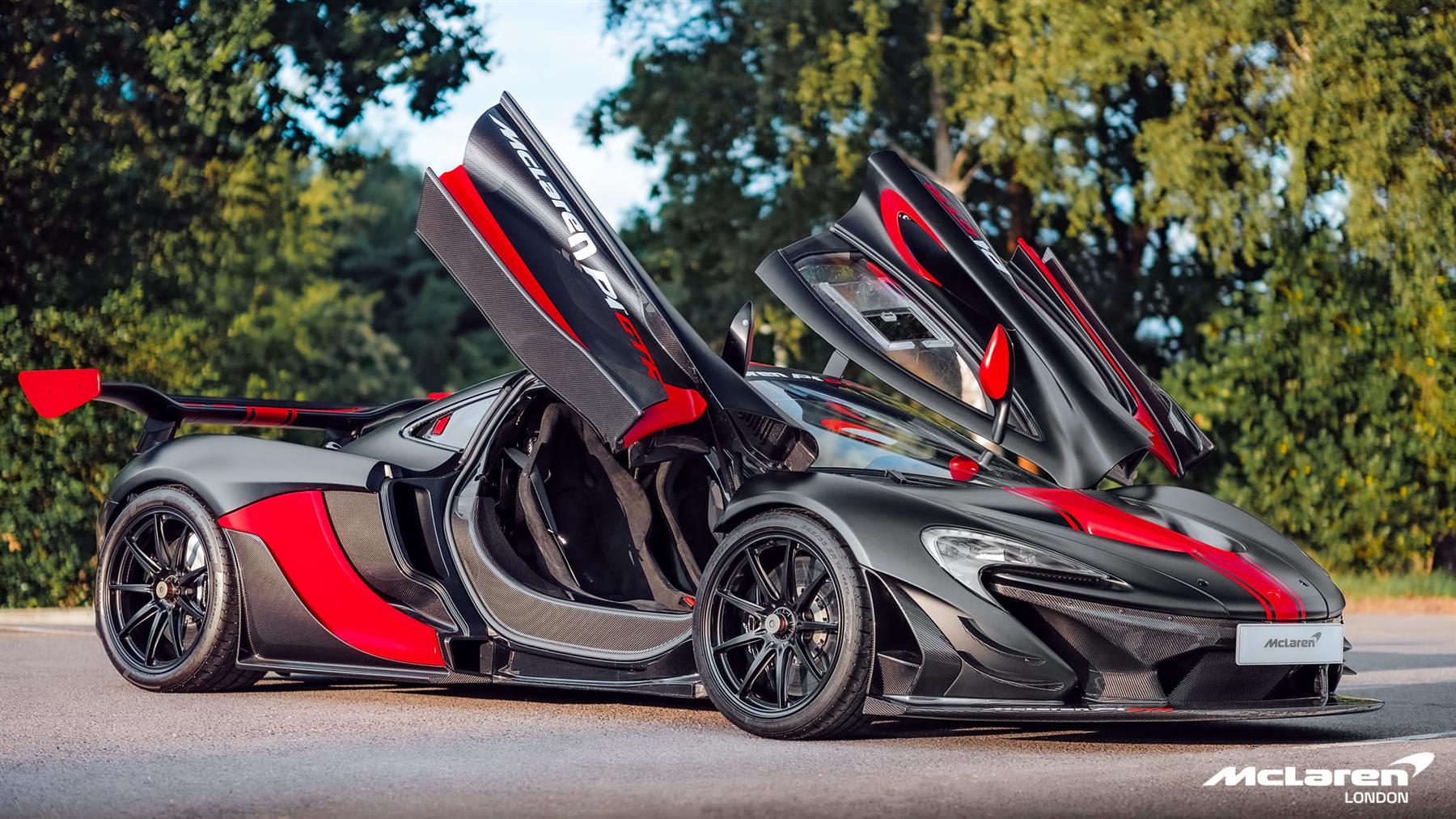McLaren System One The Early Decades
Ferrari just debuted the V-12 hybrid LaFerrari. Porsche is shortly to move out its 918 Spyder hybrid. Pagani has the brand new Huayra. Koenigsegg gets the Agera. And, Ascari has the KZ1R. Bugatti is as much as about 12 variations on the Veyron. Each is more intense compared to last. Today, it looks like the Hennessey Venom GT will grab the fastest car crown. Nightmare, there is even a $1 million electrical hyper vehicle on the market named the Rimac Idea One.
With each new product, each new new little bit of technology and each new strategy, producers are attempting to eek out every little bit of horsepower, torque and efficiency to produce their cars just that bit faster and better than everyone else’s. But, no real matter what the outcome of the most of the design, screening and development is, every hypercar gives anything in accordance: all of them have the mclaren p1 price as the motivation and impetus because of their existence.
While the Lamborghini Miura is the progenitor of all supercars, the McLaren P1 needed everything that’s “supercar” and ramped it up. It is the granddaddy of hypercars. It blew their contemporaries from the water, that was no little feat. The F1 originates from a era of cars that features the Ferrari F40, the Porsche 911 GT1 and the Jaguar XJ220. Last Wednesday, the McLaren P1 celebrated its 20th birthday. On 28 May 1992 McLaren unveiled the F1 at a start celebration at The Sporting Team in Monaco throughout Monaco F1 Week. In honor of this momentous situation, it appears as though a good time to check back and see what built the McLaren P1 a truly great car and a centerpiece of automotive history.
It all starts, as much reports such as this do, with race, especially with System One. In 1988, McLaren’s Formula One group gained 15 out of 16 races. Not a poor starting place for creating the world’s fastest car. Anyway, next time, McLaren Cars Ltd of Woking, Britain thought it a sensible move to increase past race into making a street car. Being the same McLaren who only gained 94 per cent of their Formula One events, the vehicle needed the best power-to-weight proportion up to now but still retain everyday driver usability.
Normally, that sort of refusal to compromise is a non-starter as it pertains to planning a car. Not for McLaren. Due to their success in race, they’d nearly countless funds to invest on progress of the F1. Strangely enough, that same attitude resulted in the automobile that dethroned the F1, the Bugatti Veyron, a little around a decade later. McLaren Cars Ltd. utilized complex director Gordan Murray and designer Peter Stevens to really make the McLaren P1 a reality. Remember the necessity to produce sufficient energy while however sustaining consistency, Murray elected to equip the F1 with a normally aspirated V-12.
Following buying the project to Toyota and Toyota and being rejected by both, BMW and their famous Michael Division needed a pastime and designed the 6.1 liter 60 amount V-12. The motor, designated BMW S70/2 made 618 horse and 480 ft/lb of torque. The BMW engine was 14 percent stronger than Murray’s original requirements needed, but that was counteract in part the engines weight. At 586 pounds, it absolutely was 35 kilos weightier than Murray’s specifications.
The dried sump BMW S70/2 has a metal block and head, quad overhead cameras with variable device timing, a sequence camera push to keep up stability and was secured to a six-speed indication with a double dish clutch. Whilst the engine was high revving (reaching maximum torque at 7,400 rpm) it produced a fair number of heat. To guarantee warmth between the motor and the carbon fibre bay and monocoque, Murray lined the motor area with silver foil, a good temperature reflector. A little less than an ounce of silver was used in each car. I question if the worth of the F1s changes with industry price for gold.
As a result of BMW, McLaren accomplished their aim of getting the industry’s best power-to-weight rate, 550 hp/ton. When compared with today’s hypercars, the Ferrari Enzo reached 434 hp/ton, the Bugatti Veyron reached 530 hp/ton and the SSC Final Aero TT bested it with 1003 hp/ton. And, that relation revealed in the car’s speed. The F1 could accelerate from 0-60 in 3.2 moments, 0-100 in 6.3 moments, 0-200 in 28 moments and run the fraction mile in 11.1 moments at 138 mph. The McLaren P1 strike a global history top rate of 243 miles per hour. To this day, it is however the fastest naturally aspirated generation car in existence.
